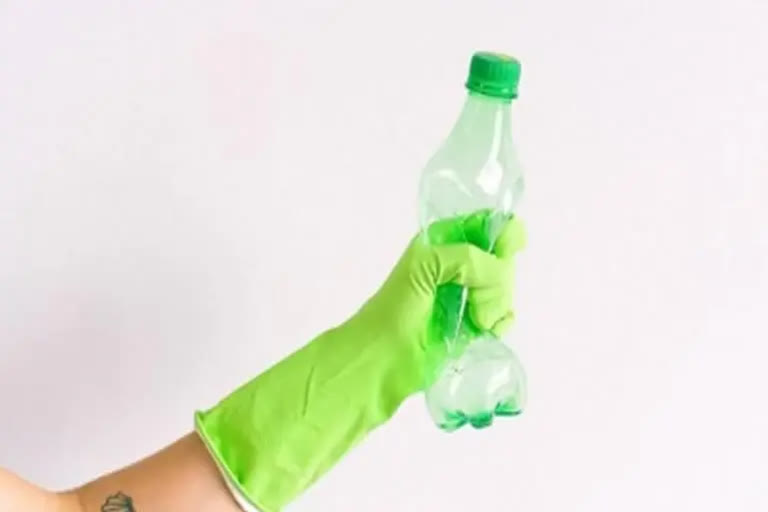Washington [US]:PVC, or Polyvinyl Chloride, is one of the most produced plastics in the United States and the third highest by volume in the world. PVC makes up a vast amount of plastics we use on a daily basis. Much of the plastic used in hospital equipment - tubing, blood bags, masks and more - is PVC, as is most of the piping used in modern plumbing. Window frames, housing trim, siding and flooring are made of, or include, PVC. It coats electrical wiring and comprises materials such as shower curtains, tents, tarps and clothing.
It also has a zero percent recycling rate in the United States. Now, University of Michigan researchers, led by study first author Danielle Fagnani and principal investigator Anne McNeil, have discovered a way to chemically recycle PVC into usable material. The researchers found a way to use the phthalates in the plasticizers - one of PVC's most noxious components - as the mediator for the chemical reaction. Their results are published in the journal Nature Chemistry.
"PVC is the kind of plastic that no one wants to deal with because it has its own unique set of problems," said Fagnani, who completed the work as a postdoctoral researcher in the U-M Department of Chemistry. "PVC usually contains a lot of plasticizers, which contaminate everything in the recycling stream and are usually very toxic. It also releases hydrochloric acid really rapidly with some heat."
Plastic is typically recycled by melting it down and reforming it into the lower quality materials in a process called mechanical recycling. But when heat is applied to PVC, one of its primary components, called plasticizers, leach out of the material very easily, McNeil says. They then can slip into other plastics in the recycling stream. Additionally, hydrochloric acid releases easily out of PVC with heat. It could corrode the recycling equipment and cause chemical burns to skin and eyes - not ideal for workers in a recycling plant.
What's more, phthalates - a common plasticizer - are highly toxic endocrine disruptors, which means they can interfere with the thyroid hormone, growth hormones and hormones involved with reproduction in mammals, including humans. So, to find a way to recycle PVC that does not require heat, Fagnani began exploring electrochemistry. Along the way, she and the team discovered that the plasticizer that presents one of the major recycling difficulties could be used in the method to break down PVC. In fact, the plasticizer improves the efficiency of the method, and the electrochemical method resolves the issue with hydrochloric acid.
Also read:New analysis finds pandemic didn't dampen deforestation
